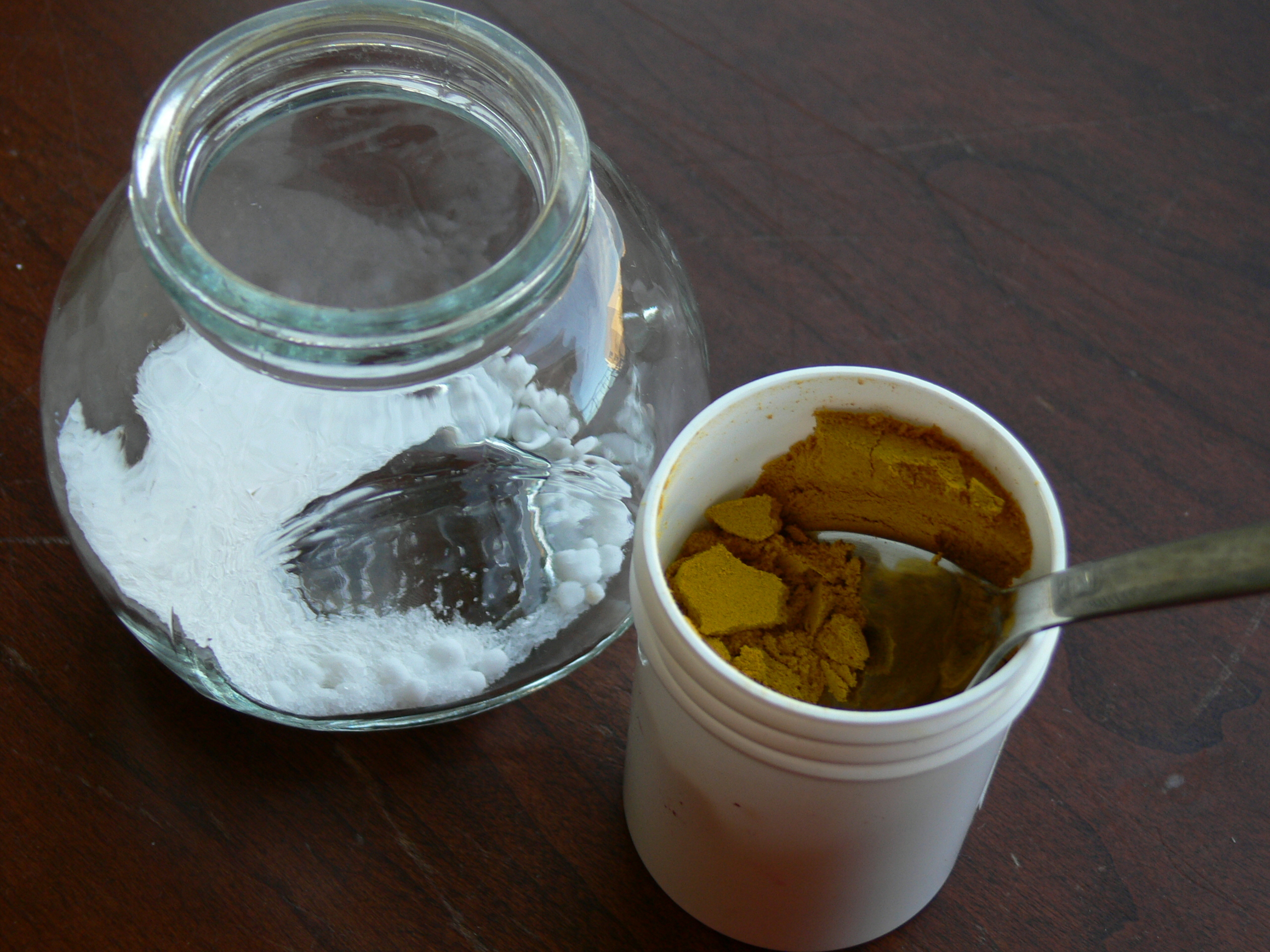Using a cold water cycle, wash the cotton fabric using Synthrapol or a natural detergent without dyes or brighteners. Hang to dry.
Measure the amount of fabric you’ll use by laying it out on a flat surface and placing the stretcher frame on top. Using scissors and a measuring tape, cut the muslin so that there’s at least a 2″ overlap on each side of the stretcher frame. Using a 20″×24″ frame, your fabric should measure approximately 24″×28″. Remove the frame and iron the fabric to eliminate any wrinkles.
Lay the fabric on a flat surface, and place the stretcher frame in the middle. Starting on 1 side of the frame, fold the fabric over and staple it down at the center. Add a staple to the left and right of the center staple, approximately 2″ apart.
On the side opposite to where you started, fold and staple the center in the same way, keeping the fabric taut. Rotate the frame, and staple the 2 remaining sides the same way.
When each side is securely fastened, continue rotating and stapling outward from the centers, pulling the fabric taut and placing each new staple opposite the last. Staple until you reach the corners of the frame.
Trim the excess fabric from the sides, so that the fabric is about even with the inner edges of the frame. Staple each corner down with a single staple.
With a pencil, sketch a picture onto the fabric. I chose to sketch a picture of my surroundings in Bali. It’s helpful to note somewhere the colors you’d like to see associated with the elements in you picture.

























